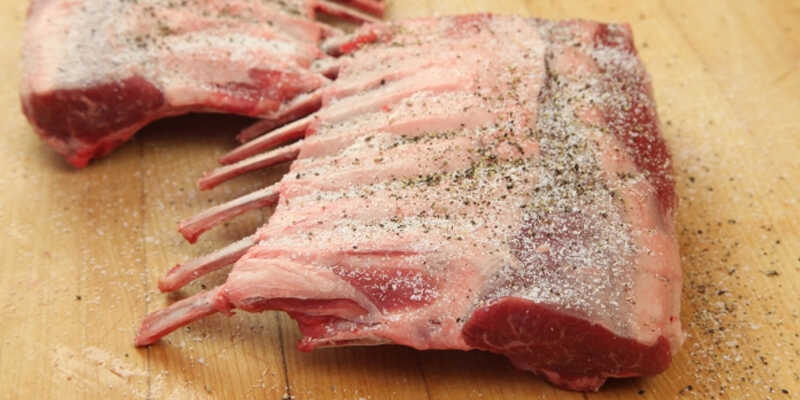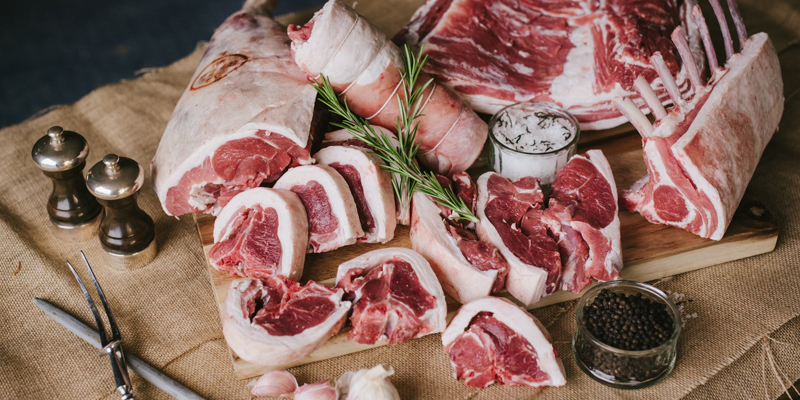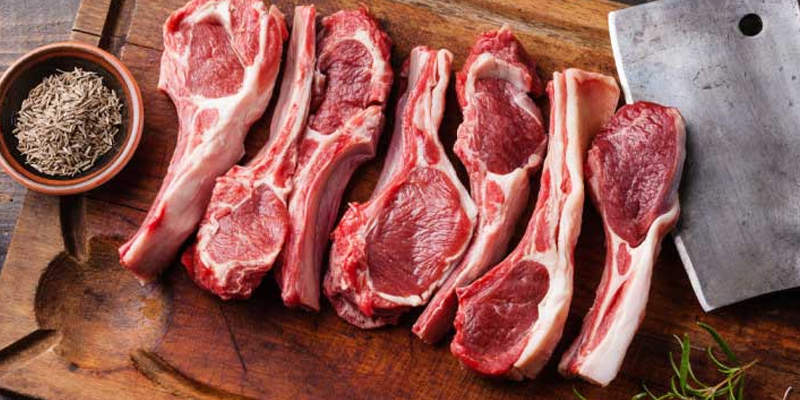Nutritional Value
Protein: The main nutritional component in lamb, providing high-quality protein to the body.
Fat: Unsaturated fat catalyzes the burning of excess fat, beneficial for weight loss. However, it should be consumed in moderation as the saturated fat in lamb increases cholesterol levels in the blood.
Vitamin B12 and B3: Important for blood formation, brain function, and regulating the circulatory system.
Zinc, Selenium, Phosphorus, and Iron: Essential for the formation and development of insulin and testosterone hormones.
Creatine, Taurine, and Glutathione: Antioxidant amino acids found in fish and meat, beneficial for the heart and muscles.
 Nutritional Value
Nutritional Value
Benefits
Lamb is a source of high-quality protein that maintains and repairs muscles, especially for older adults.
The amino acid Bta-alanine produces carnosine, which improves muscle function and is highly beneficial for athletes.
The nutrients in lamb also help the body absorb iron better, preventing anemia.
According to Traditional Chinese Medicine, lamb has a warming effect and is believed to tonify the kidneys and strengthen the yang.

Lamb, Heart Health, and Cancer
Lamb, like other red meats, has been associated with an increased risk of heart disease, stroke, high blood pressure, and cancer. However, there is no conclusive evidence to support this claim.
Recent studies on red meat suggest that when cooked at high temperatures and overcooked, it can form heterocyclic amines, which are linked to an increased risk of cancer.

Notes on Consuming Lamb
It is best to consume lamb in moderation, not exceeding 500g per week.
When choosing lamb, avoid cuts with excessive fat, as they can be strong-smelling and high in cholesterol.
Mixing the fat and meat in equal proportions can help reduce the overall cholesterol content.
During preparation, rub the meat with ginger, soak it in white wine for 5 minutes, and then rinse to eliminate any strong odor. Cook lamb at medium heat and ensure it is thoroughly cooked. Overcooked or charred meat is not recommended.
Avoid drinking tea before or after consuming lamb, as it can form protein acid tannic, which negatively affects digestion and can lead to constipation.
Do not pair lamb with vinegar or watermelon as they can inhibit spleen and stomach function.
Refrain from eating durian or pumpkin immediately after consuming lamb, as it can increase cholesterol levels and cause dizziness. If you experience this, drinking diluted saltwater may provide temporary relief.
Individuals with conjunctivitis, mouth ulcers, gum inflammation, or sore throat should avoid eating lamb, as it can exacerbate these conditions.

While lamb can support muscle development and prevent anemia, it is important to consume it in moderation and ensure it is cooked at appropriate temperatures to maximize its health benefits.
Proper Cooking and Storage of Vegetables Mitigates Risk of Cancer
As more of us look to incorporate vegetables into our diets as a path to better health, a warning should be heeded: if not stored properly, any vegetables leftovers could be a source of cancer-causing contaminants.





































